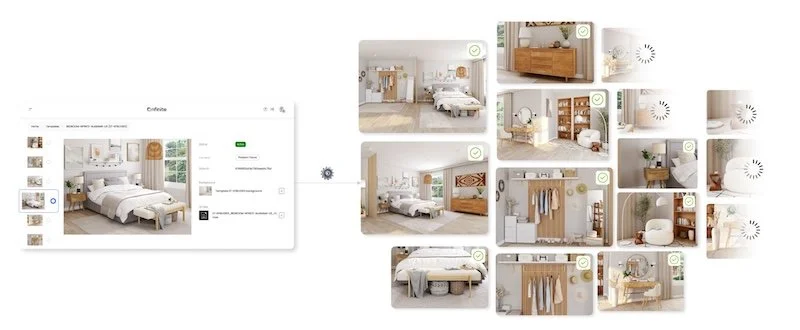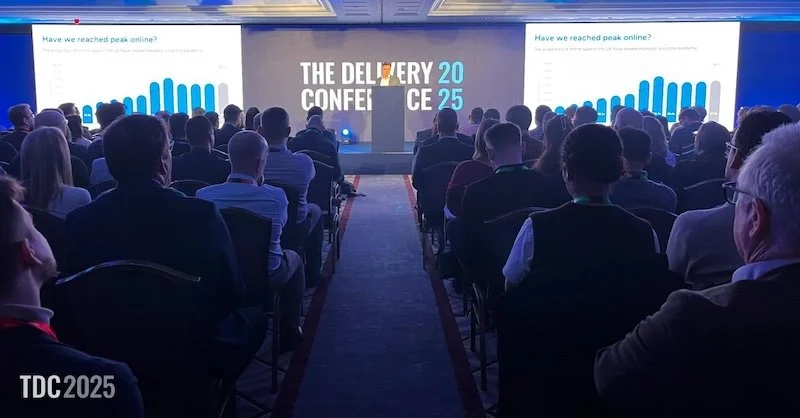ProGlove report: very few retail managers satisfied with automation and robotics initiatives
A new study of retail executives has shown cautious optimism toward automation within the sector.
A significant number of the respondents are initially prioritising human-machine collaboration.
The report from wearable tech firm ProGlove includes insights from over 1,000 retail management professionals.
Findings suggest that while integrating automation technology remains a challenge for 15.6% of leaders, a similarly significant struggle is integrating mobile commerce platforms (14.6%).
The biggest challenge, however, is making sense of data and recognising patterns when running analytics. This suggests that retailers struggle to extract the insights to uncover inefficiencies throughout.
A mere 6.3% of respondents are very satisfied with their current automation initiatives. 44.2% state they are somewhat satisfied. 19.3% indicated dissatisfaction, highlighting room for growth and optimisation in the automation space.
Retail leaders project a conservative timeline for automation investments to pay off. Just 11.5% believe they will see returns within the next two years. A more significant segment of 36.5% expect the benefits to surpass the costs in two to five years.
26.6% are looking to a five to ten-year horizon, and 8.6% are preparing for a decade or more.
Retailers had a variety of responses when it comes to making savings through productivity gains.
The most popular investment area for additional productivity gains was through human augmentation, with 25.3% selecting ‘human-machine collaboration’ as a key target area.
Almost as many respondents highlighted the need for new software (e.g. ERP, WMS, BI, MDM). This was followed by automation and robotics at 17%.
When asked about the impact of these solutions, 35.4% of retailers forecasted productivity increases of 21-30%. Similarly, 30.6% believed they would see gains of 11-20%.
With 55.3% of total respondents expecting gains beyond 20% from investing in technology solutions, there appears to be a consensus that tech investment is viewed as a worthy path.
ProGlove’s report also looked into fluctuating warehouse workforce numbers. The evolution of workforce numbers in the retail sector shows a blend of stability and change. Over the past five years, leaders indicated a pattern of workforce increases in certain brackets and a steady state in others.
Notably, they anticipate workforce expansion and contraction in relatively equal parts. In the coming year, the same proportion of leaders, at 15.3%, predict up to a 10% decrease or increase in their staffing levels.
This balance hints at an expectation that technology may support profit growth without substantial changes in employee numbers.
33.9% of respondents project that workforce levels will hold steady, suggesting confidence in leveraging existing human resources alongside new automation solutions to drive business success.
"Automation presents a complex landscape for retailers," says Stefan Lampa, CEO at ProGlove.
"While it holds potential for efficiency, our research underscores the critical role of human-machine collaboration. Retailers seek a synergy that leverages technology to empower, not replace, the human workforce.”
















Continue reading…